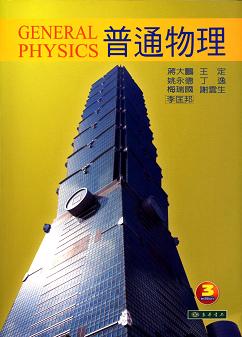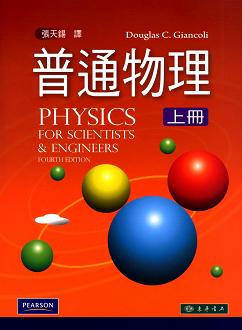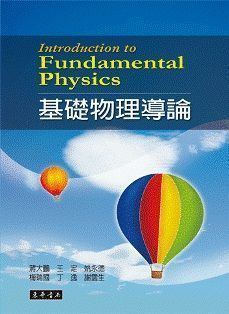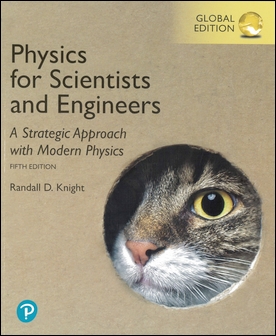書籍分類
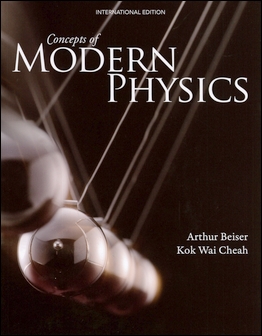
Concepts of Modern Physics
作者:Arthur Beiser, Kok Wai Cheah
原價:NT$ 1,180
ISBN:9789863414193
版次:1
年份:2015
出版商:McGraw-Hill
頁數/規格:563頁/平裝雙色
版次:1
年份:2015
出版商:McGraw-Hill
頁數/規格:563頁/平裝雙色
內容介紹 本書特色 目錄
- Description
Concepts of Modern Physics is an updated, accessible presentation of modern physics available. The book is intended to be used in a one-semester course on modern physics for students who have aleady had basic physics and calculus courses. The balance of the book leans more toward ideas than experimental methods and practical applications because the beginning student is better served by a conceptual framework than by a mass of details. The sequence of topics follows a logical, rather than strictly historical, order. Relativity and quantum ideas are considered first to provide a framework for understanding the physics of atoms and nuclei. The theory of the atom is then developed, and followed by a discussion of the properties of aggregates of atoms, which includes a look at statistical mechanics. Finally atomic nuclei and elementary particles are examined.



